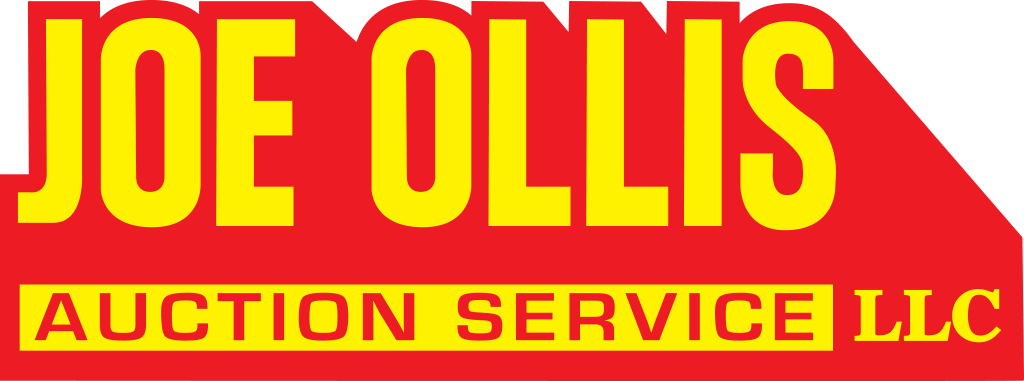What is a Buyer’s Premium and Where Does It Come From?

If you've ever participated in an auction, you’ve likely encountered the term "buyer’s premium." This fee is added on top of the final bid price, and while it’s a standard practice in many auctions, it can sometimes raise questions. So, what exactly is a buyer’s premium, and where does it come from?
Definition of a Buyer's Premium
A buyer’s premium is an additional fee charged on top of the final hammer price of an auction item. For example, if you win a personal property item for $1,000 and there’s a 15% buyer’s premium, your total cost would be $1,150. At Joe Ollis Real Estate & Auction, LLC, our buyer’s premium for personal property is 15%, and for real estate auctions, it ranges between 5% and 10%, depending on the property and terms of the auction.
Why Does a Buyer’s Premium Exist?
Recently, I came across a message on Facebook suggesting that charging a buyer’s premium is "greedy." That really hurt my feelings because at Joe Ollis Real Estate & Auction, LLC, we charge a buyer’s premium not out of greed but because helping people requires time, effort, and resources. The buyer’s premium helps cover the costs involved in running an auction, so we can continue to help both buyers and sellers.
For online personal property auctions, our 15% buyer’s premium helps cover essential operational costs, such as credit card fees, the bidding platform, and other auction-related expenses. These costs are part of ensuring a smooth and efficient auction process.
In real estate auctions, the buyer’s premium is added to the high bid to determine the contract price. For example, if a property sells with a high bid of $100,000 and the buyer’s premium is 10%, the contract price becomes $110,000. According to Illinois state law, the buyer’s premium belongs to the seller unless the contract states otherwise. Our commission for real estate is generally taken from the contract price.
Historical Origins of the Buyer’s Premium
The buyer’s premium dates back to the 1970s when auction houses like Christie’s and Sotheby’s began charging it to cover rising costs. Over time, it became an industry standard. Today, it remains a crucial part of the auction process, especially as auctions have moved online, where maintaining digital platforms requires ongoing investment.
Transparency and Fairness
Transparency is key. At Joe Ollis Real Estate & Auction, LLC, we always ensure that our buyer’s premium is clearly stated in the auction terms and conditions so bidders can make informed decisions. We believe that by clearly explaining our fees, we can help buyers understand where their money is going and why it’s necessary.
For personal property auctions, the buyer’s premium helps us cover everything from credit card fees to bidding platform costs, allowing us to offer a seamless auction experience. For real estate, the buyer’s premium is added to the high bid, establishing the total contract price, and unless otherwise stated, this buyer’s premium goes to the seller.
Conclusion
The buyer’s premium is not about being greedy—it’s about covering the real costs associated with running an auction, from operational expenses to platform maintenance, and ensuring that we can continue helping people through auctions. Understanding this helps bidders make informed decisions and participate in the process with full transparency.






